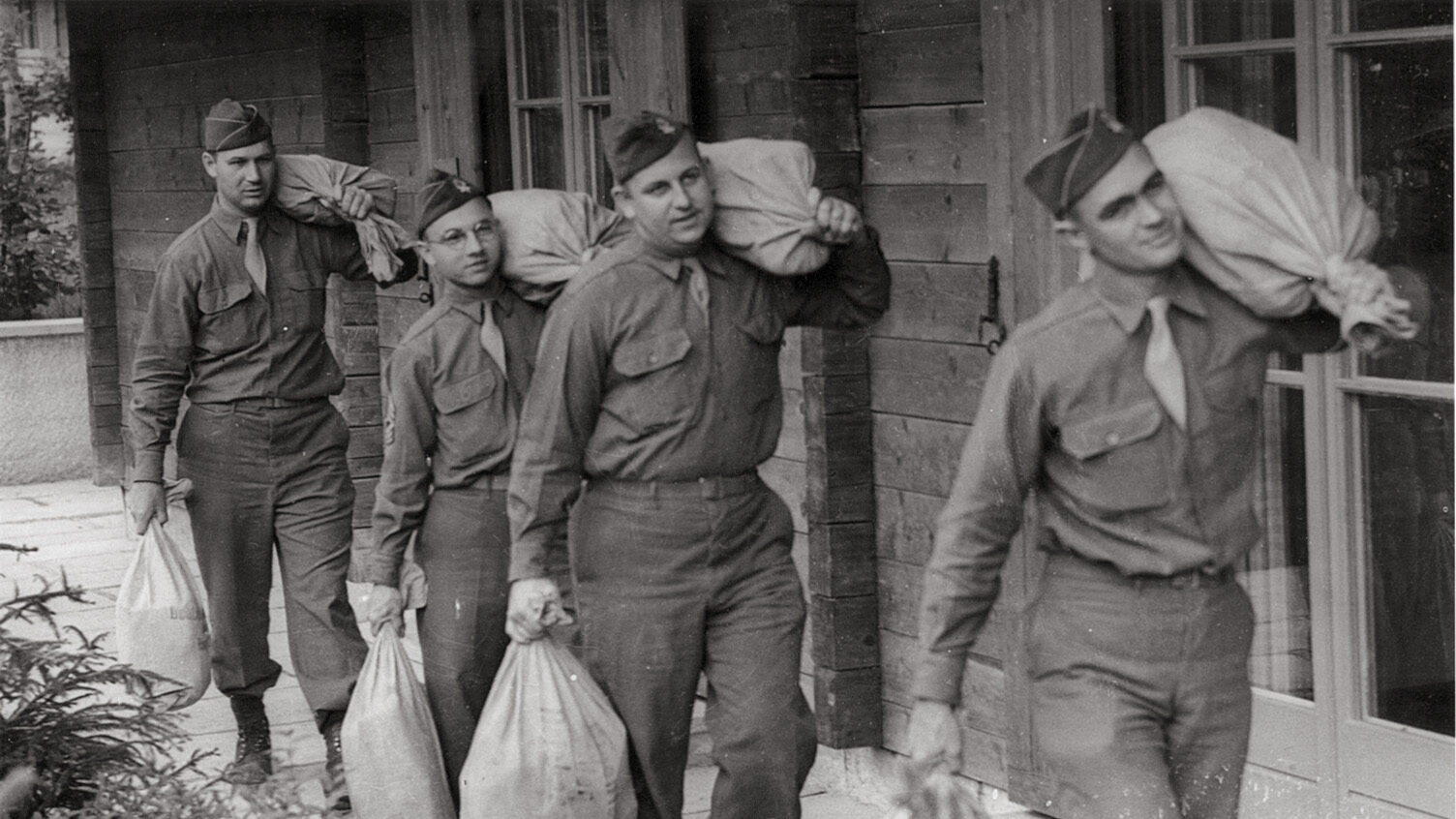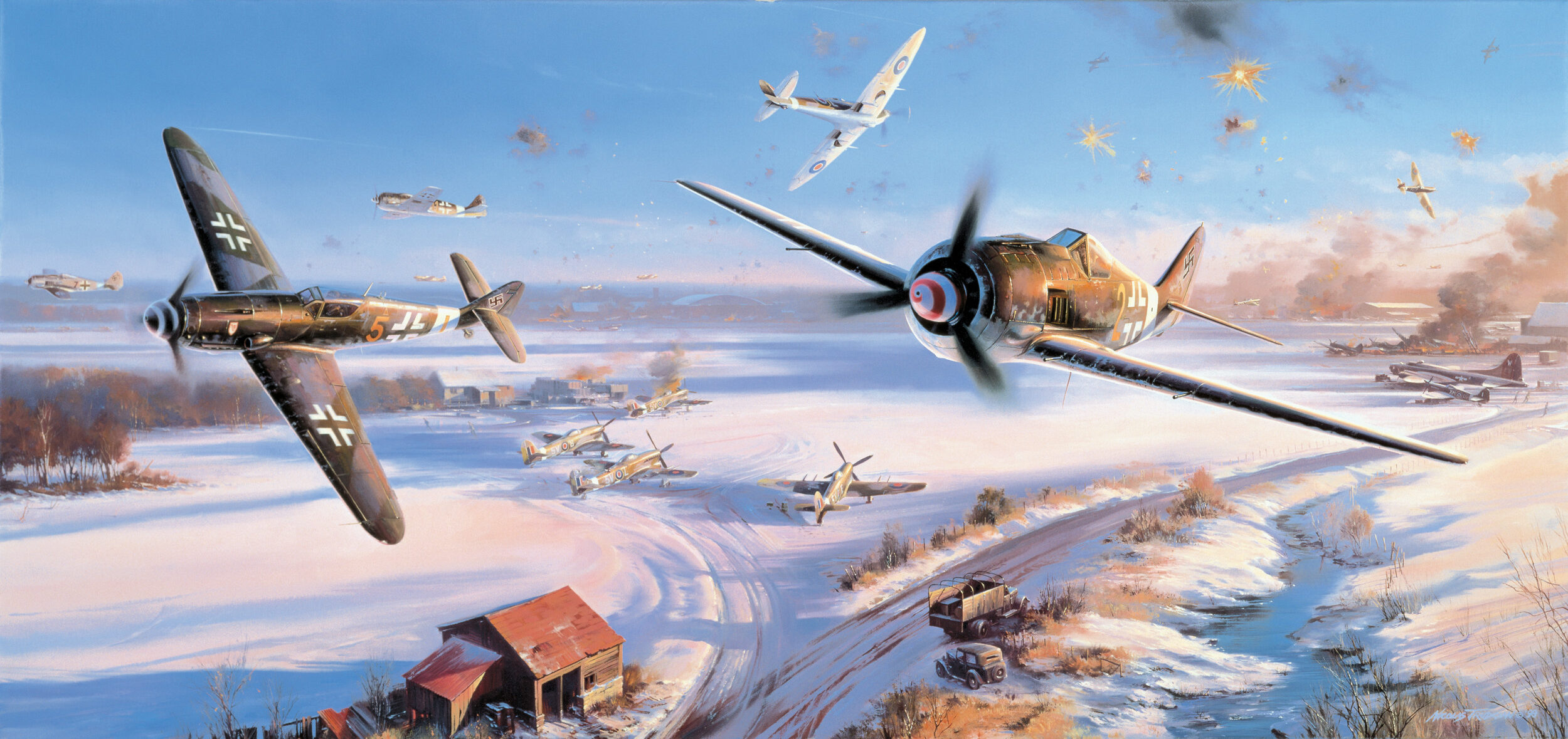Dear Editor:
In “Secret Agent Man,” Peter Kross describes the outstanding British Mosquito plane as being “made of wood, which gave it tremendous speed and maneuverability.” It was, indeed, made of wood, but that is not why it had very good speed and maneuverability. Those attributes were because it was endowed with outstanding engines and design.
The engines (there were two) were Rolls-Royce Merlins, some with over 1,700 horsepower each. In later versions, they were supercharged, which, with pressurized cabins, allowed very high altitude performance and gave this excellent aircraft speeds of over 400 mph. (Some were equipped with nitrous-oxide injection, which allowed short bursts of even higher speed.)
The De Havilland design, one of the most advanced for the time, was light partly because many Mosquitos had either very light armament or none at all and usually carried only two crew members. It featured large wing and control surface areas, which, with its very good power to weight ratio, made it able to out-maneuver most fighters of the period. The Mosquito was, without question, one of the very best aircraft of World War II. It is no wonder the Germans sent “Zigzag” to try to destroy the source!
Louis M. Linxwiler, Jr.
Mesa, Arizona
Dear Editor,
I was a child during WWII, spending summers in Westhampton, Long Island. The Thunderbolts used to fly over our beach, out to sea, from the nearby Suffolk County air force base, with guys learning to fly them. I enjoyed WWII, one of the few lucky people.
When I got drafted in 1958, we were using Garand M-1s at Fort Dix, Basic Training. I hit my target using it to throw a rifle grenade, and had a bruise on my shoulder for the better part of a year as a result. I suppose I wasn’t holding the rifle right when I fired it.
To add my take to Sam McGowan’s “Fateful Decision,” killing civilians on purpose to save combatants lives is immoral. If we get nuked, your readers (any that are left) may come around to my point of view.
Philip Martin
via e-mail
Dear Editor,
On page 22 of your Aug./Sept. 2008 issue, there is a picture of two Bobbies and a German sentry on the island of Guernsey. The caption notes that “the Channel Islands were the only British territory to endure occupation by the Nazis during World War II.”
The Channel Islands have never been part of the United Kingdom. They and their people are the remnant of the Dukedom of Normandy, from whence William the Bastard sailed to conquer England in 1066. This worked out well for William as he got to trade in his “the Bastard” moniker for “the Conqueror.”
One might claim that Normandy proper has been occupied by the French for the last 800 years, though the odds of the Channel Islanders sending an invasion force in for D-Day the Sequel are at best slim.
The Channel Islands are “owned” by the Crown. When Queen Elizabeth visits the isles, her title is Duke of Normandy, a title passed down from William, independent of the British state. As Duke Elizabeth she wields much more power than as the figurehead monarch of the UK back in London.
This error in reference to occupied British territory occurs in every WWII history I have ever read, so it’s completely understandable that it slipped by your excellent editorial staff. I only learned about it from a retired British officer I met in The Shepherds Tavern in London, which was a RAF hangout during the war.
What was even more interesting for me was that he invited me for lunch the next day, promising to show me a unique souvenir.
His forebears had served in the Napoleonic Wars and the War of 1812. He took out a wooden box and produced two spoons, a cup, and five buttons, all looted from the White House when the British burned it down. A letter from his sticky-fingered officer ancestor stated the buttons were ripped off one of President Madison’s coats, the cup and spoons from the president’s dining set.
This put a whole new perspective on war souveneirs for me. One doesn’t usually think of America as a victim of this sort of thing. I can just imagine one of President Washington’s set of false teeth on the mantel of some old line regiment’s officers mess back in Old Blighty.
Mike Gordeuk
Garwood, New Jersey
Note: Opinions expressed in “Dispatches” do not represent those of the writers, editors, or staff of WWII History or Sovereign Media.







Join The Conversation
Comments
View All Comments